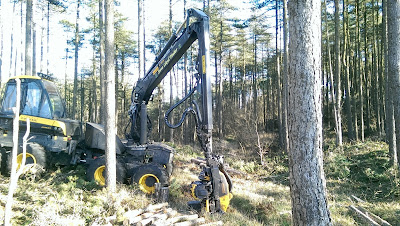Saving the beetle part 2 Friday 24th February 2017

Well Storm Doris has left us relatively unscathed, there has been no damage caused on the reserve, in fact she has done some good with a lot of drift wood now exposed on the beach as well as a few new inundations of sand into the embryo dunes, all making more habitat available to The Strandline Beetle when they emerge from hibernation. Top, a new area of sand blow inundation Below, a lot of drift wood has appeared after the storm As well as relying on nature I have posted the Welsh Governments advice notice regarding the beetle and driftwood on our beaches; it's worth remembering of course that Cefn Sidan Beach has the full protection as a Site of Special Scientific Interest. We can but try! With a huge improvement in the weather today I saw or rather heard my first queen Bumblebee, (she flew into the side window of the van). It was probably a White-tailed Bumblebee Bombus lucorum , (thanks Barry) First Bumblebee of the year, The White-ta




